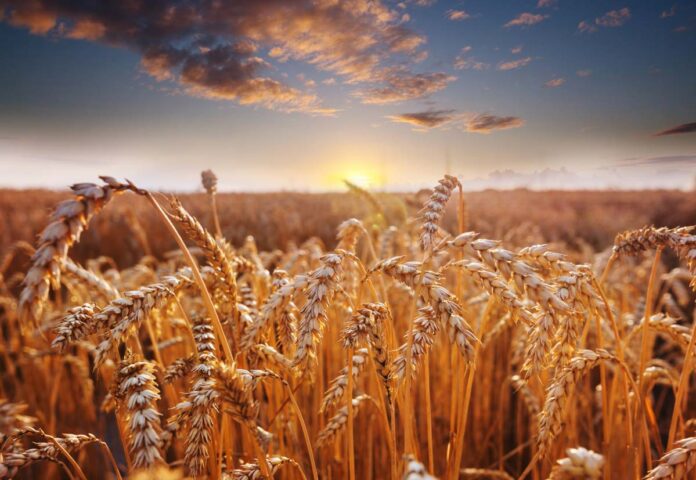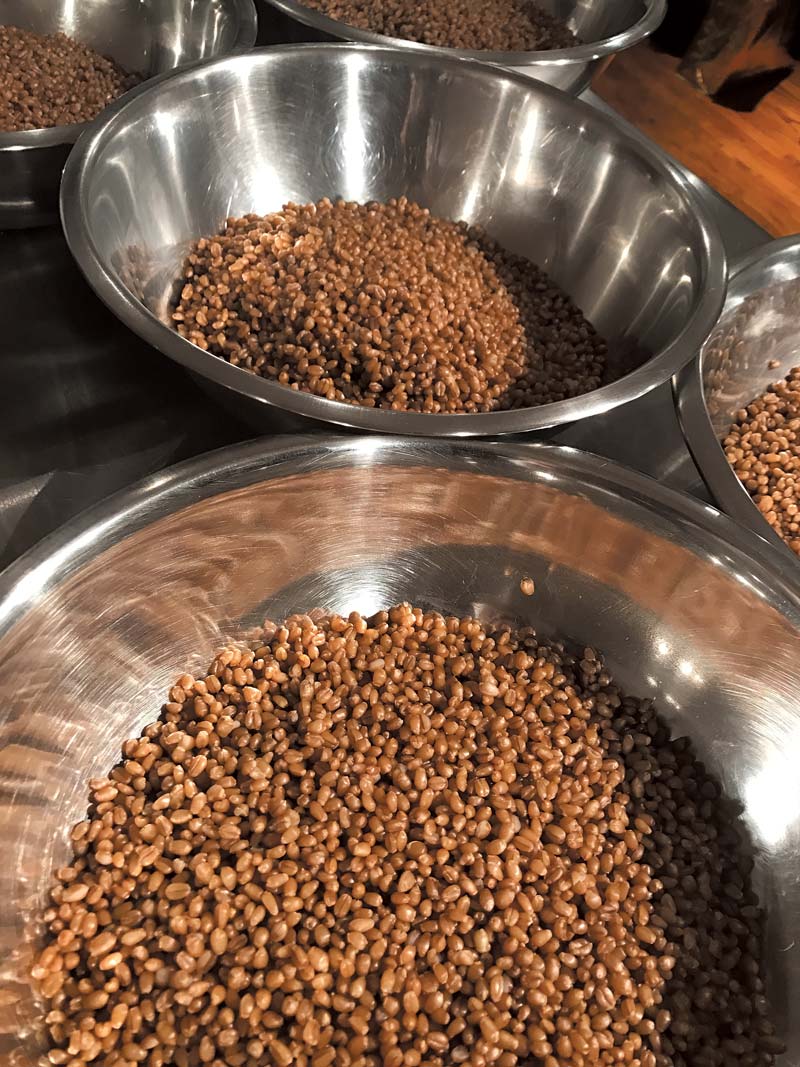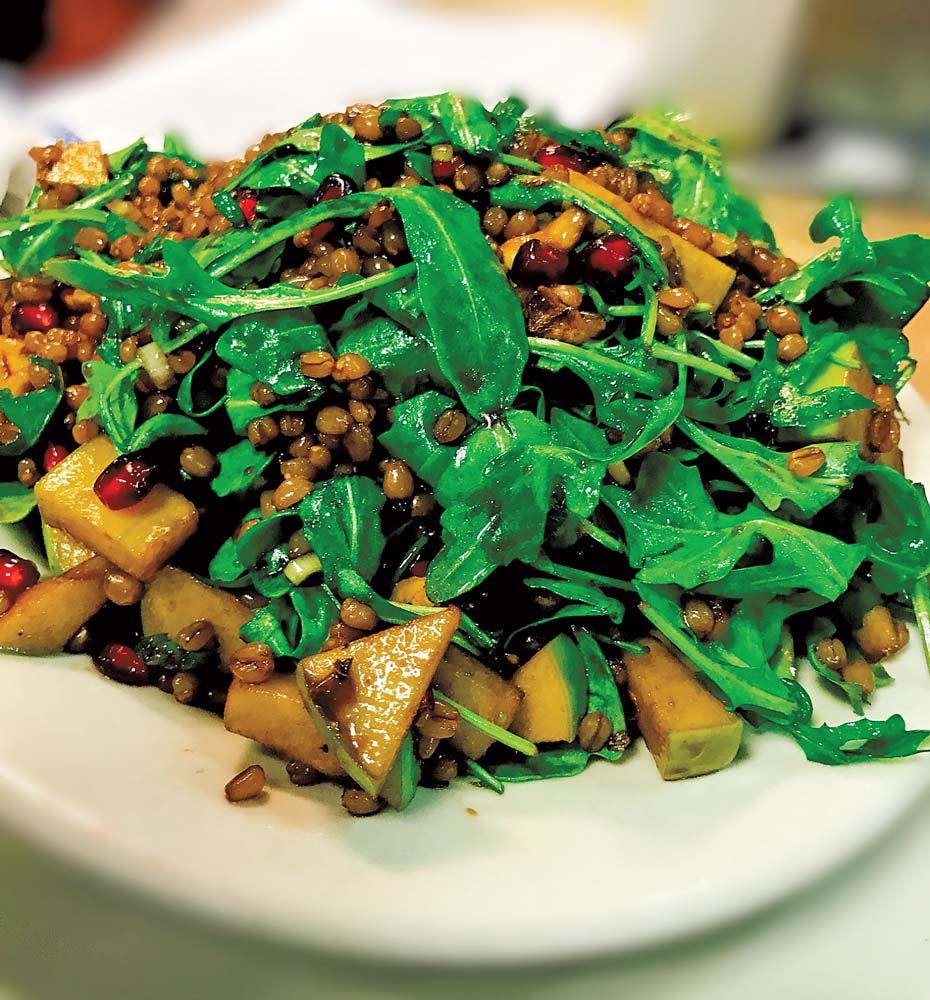
It’s July, which means its summer, full of festivity and merriment, made up of long sunny days and hot summer nights, filled with warm weather culinary favorites.
This time of year is also a crucial time for certain harvests, in particular, that of wheat. However, with the war in Ukraine with Russia, the air feels a bit heavier because it has a direct and tangible effect on our global food systems, which affect all of us in food service.
How does the war in Ukraine affect us?
Ukraine is colloquially known as the ‘bread basket of Europe’ because it is one of the largest producers AND exporters of grain throughout the world, especially wheat. With the war on, not only are the current crops affected, but the soil that will yield future crops as well.
Beyond that, Russia is one of the largest producers and exporters of agricultural fertilizer. So, without the fertilizer, and with the war’s effect on the crops, the combination is a perfect storm of essential shortages.
Once you add in the compounded issues of shipping delays and increase in gas prices, you can see how this equation results in inflated prices across the board for bread, pasta, flour, and other wheat products…
Wheat on Earth
Wheat is one of the oldest crops on the planet, and continues to be an essential part of farming today. Touted in the bible, and perhaps even more so in Greek mythology, where we name Demeter the Goddess of Wheat (and moreover Goddess of Grain and the Harvest).
Wheat is also the second largest crop, covering more of the planet than any other crop on earth! And while the rise in celiac disease is real, as has been the rise of gluten-free food alternatives, the fact of the matter is that many more people consume wheat and gluten than those who do not.

Wheat is a Treasure
When I was a kid, I remember harvesting wheat – it was difficult to do, but as a reward, I used to make bouquets out of the wheat, and would keep them as decorations in my room all year round…Though it may sound simple and silly, this made me happy, and made me appreciate everything we made with the wheat – from bread, to pasta, to salad, to cake, to everything in between.
Why is Wheat So Important?
In addition to being a major source of energy and starch, wheat also provides substantial amounts of a number of elements which are essential – or rather, beneficial for health, most notably protein, vitamins (in particular B vitamins), dietary fiber, and phytochemicals.
Wheat Breakdown
Wheat in its purest form consists of the bran, the germ, the endosperm – and all of what we benefit and use of wheat stems from those three structural components.
From the Endosperm, we get about 83 percent of the kernel weight; it’s also the source of white flour.
Bran accounts for about 14½ percent of the kernel weight. Bran is included in whole wheat flour and can also be bought separately.
Germ makes up about 2½ percent of the kernel weight. The germ is the embryo or sprouting section of the seed, which is often separated from flour in milling because the fat content limits flour’s shelf life.
How Can We Use Wheat in Different Ways?
Well, the simple answer is: expand our culinary horizons – look to alternative grains, products, etc. to round out our menus, exercise our culinary creativity, and make novel, exciting dishes jump off the plate.
Because of the bounty of the summer, we can utilize wheat in different ways with all of the seasonal produce available – think of all the salads and cold soups that can be made with
different wheat products!
Besides Flour, Bread, And Pasta, Where Else Do You Find Wheat?
One of my most favorite ingredients are wheatberries. When cooked properly, these little nuggets of epicurean magic can create a textural phenomenon, which translates incredibly well to menus across multiple cuisines.
One of my most beloved summer recipes involves wheatberries (you can substitute farro), fruit, and mint, just to show you the gastronomic flexibility of this grain.
No matter how you use it, once thing is clear – wheat is the grain of the people. Kalí órexi! Enjoy your meal!

Sitarenia – Summer Warm Grain Salad
Serves 8
Ingredients – Salad:
- 2 cups of hard wheatberries
- Salt as needed
- 1 apple (pink lady, honey crisp, or granny smith)
- ½ lemon – juice and zest (separate)
- ¾ cup walnuts, chopped
- 1 cup of pomegranate seeds OR fresh cherries, pitted and chopped (can substitute for dried cherries as well (¼ cup)
- 2 pieces of scallion, finely chopped
- 5 ounces arugula/rocket, cleaned
Ingredients – Dressing:
- ¼ – 1/3 cup pomegranate molasses or carob syrup
- ¼ cup balsamic vinegar
- 1 tablespoon Loi Garlic Potato Dip
- 1/3 cup olive oil
- Salt and pepper to taste
Method:
- The night before: place the wheatberries in a large bowl with water to cover by 1 inch. Cover the bowl and set aside to soak overnight.
- The next day, drain wheatberries, and rinse. Place in a medium saucepan covered by 2 inches of water with a pinch of salt, and bring to a boil; reduce to a simmer, and allow to cook, uncovered, for approximately one hour, or until tender. Drain, spread out on a sheet tray to allow to cool, and reserve.
- While the wheatberries are cooking, cut the apple into a medium dice, and hold in 2 cups of water with half a lemon, juiced.
- Toast the walnuts by tossing them in a hot, dry sauté pan, over medium high heat, until you can smell the nuttiness. Remove from heat, continue tossing for a minute, and then reserve.
- To make the dressing, first coat the measuring cup with olive oil, then measure out the pomegranate molasses, and pour into bowl of a Robot Coupe or Vita-Prep mixer; add the balsamic vinegar and Loi Garlic-Potato Dip, and begin running the machine. Slowly add olive oil until mixture is emulsified. Taste and season with salt and pepper accordingly.
- To assemble the salad, drain the apples, and combine in a large mixing bowl with the wheatberries, pomegranate seeds or cherries (dried or fresh), toasted walnuts, lemon zest, scallions, and arugula, toss with dressing as desired.
Chef’s Notes:
- You can substitute the fruit in the recipe to adjust to the season and your personal taste!
- Change the dressing according to your taste, as well as the greens – make the recipe yours!























